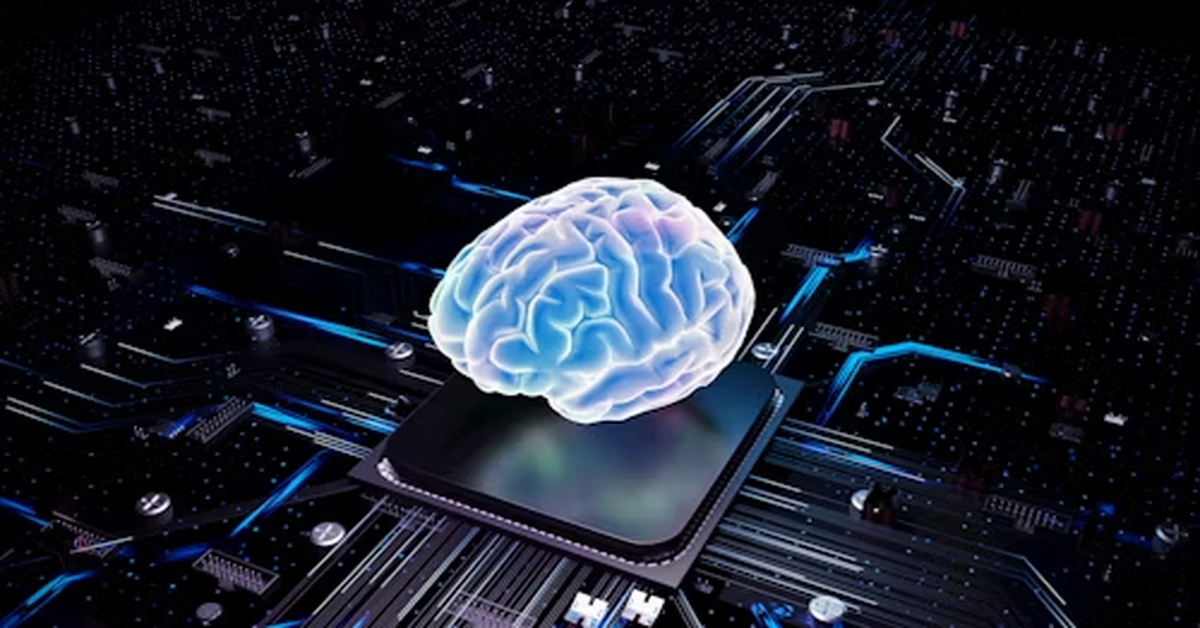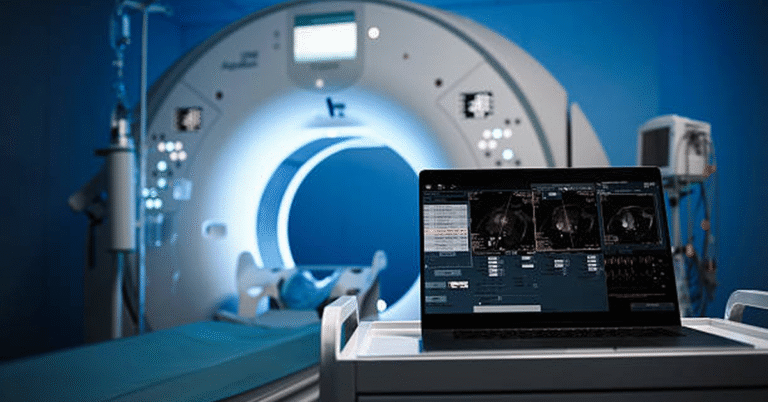
Memory defines both human intelligence and computational efficiency. Whether we are discussing the memory of a computer that stores instructions and data or the memory of a human brain that carries experiences and knowledge, the capacity and effectiveness of memory shape performance. Active Memory Expansion (AME) is a concept that bridges these two worlds: it refers to strategies, technologies, and practices that expand the practical capacity of memory beyond its natural or default limits.
In computers, active memory expansion is a method by which the system dynamically compresses, allocates, or manages memory, making it possible to run larger programs with limited physical RAM. In humans, active memory expansion can be understood as the conscious and structured effort to enhance recall, retention, and the integration of new knowledge.
This article explores both dimensions in detail: the technical side of AME in computing and the cognitive side of AME in human development. With structured sections, comprehensive explanations, and practical applications, we aim to provide a holistic understanding of this fascinating subject.
Understanding Memory in Technology and Humans
What is Memory in Technology?
In computing, memory is the storage component that holds data temporarily (RAM) or permanently (hard drives, SSDs). The limitation of RAM often restricts performance, and solutions like active memory expansion help overcome this bottleneck.
What is Memory in Humans?
In humans, memory is the capacity to encode, store, and retrieve information. Active memory expansion in this context means training the brain to retain more, recall faster, and apply knowledge effectively.
| Aspect | Computer Memory | Human Memory |
|---|---|---|
| Nature | Digital storage | Biological neural connections |
| Capacity | Limited by hardware size | Limited by cognitive processes |
| Limitation | Slows down with heavy workloads | Forgetting, overload, cognitive fatigue |
| Expansion | Compression, virtualization, algorithms | Learning strategies, mnemonic devices |
Active Memory Expansion in Technology
How It Works
In computers, AME dynamically compresses less frequently used data in memory, freeing space for other applications. This allows a system to function as though it has more RAM than it physically does.
Benefits of AME in Computing
- Improved Performance: Handles more processes without additional hardware.
- Cost-Effective: Reduces the need for expensive RAM upgrades.
- Scalability: Supports larger databases and applications.
- Energy Efficiency: Less reliance on physical upgrades saves energy.
Limitations
- Compression consumes CPU power.
- May slow performance if not optimized.
- Works best in specific workloads rather than universally.
Active Memory Expansion in Humans
The Concept
Active memory expansion in humans is not about increasing brain size but about improving capacity to manage, organize, and retrieve information. It involves training the brain through structured methods.
Key Techniques
- Chunking: Grouping information into meaningful units.
- Visualization: Using mental imagery to reinforce learning.
- Spaced Repetition: Reviewing material at increasing intervals.
- Mind Mapping: Organizing knowledge into diagrams for easier recall.
- Healthy Lifestyle: Nutrition, exercise, and sleep to boost memory.
Benefits
- Faster recall in exams or work.
- Enhanced problem-solving skills.
- Long-term retention of knowledge.
- Reduced cognitive overload.
Comparing Human and Computer AME
| Parameter | Computer AME | Human AME |
|---|---|---|
| Mechanism | Compression, virtualization | Mnemonics, repetition, visualization |
| Objective | Increase effective RAM capacity | Expand recall and retention capacity |
| Limitations | CPU overhead, workload specific | Cognitive fatigue, distractions |
| Enhancement Strategy | Software optimization | Brain training, healthy habits |
| End Goal | Better multitasking performance | Better intellectual and cognitive growth |
Practical Applications of Active Memory Expansion
In Technology
- Servers: AME allows servers to handle more clients.
- Databases: Large datasets can be processed more efficiently.
- AI Systems: Expands memory efficiency, making models run smoother.
In Humans
- Education: Helps students manage vast information.
- Workplace Productivity: Improves decision-making speed.
- Daily Life: Enhances memory for tasks, relationships, and skills.
Case Study: AME in Modern Computing
Example
IBM’s Active Memory Expansion technology in AIX systems compresses memory in real-time. This allows a system with 8GB RAM to perform as though it has 16GB, depending on workload.
Impact
- Cost savings in enterprise environments.
- Extended lifespan of hardware.
- Better multitasking without investment in additional RAM.
Case Study: AME in Human Learning
Example
A student preparing for competitive exams applies AME strategies: chunking study material, using mnemonic devices, and applying spaced repetition software.
Impact
- Improved recall of thousands of facts.
- Reduced anxiety during exams.
- Increased academic performance.
Table: Steps for Implementing AME in Daily Life
| Step | Human Approach | Technology Approach |
|---|---|---|
| 1 | Organize knowledge with mind maps | Optimize system with AME software |
| 2 | Use mnemonic techniques | Compress inactive memory pages |
| 3 | Apply spaced repetition | Allocate freed space to new apps |
| 4 | Maintain healthy lifestyle | Balance CPU and RAM usage |
| 5 | Regular self-assessment | Monitor workload for optimization |
The Future of Active Memory Expansion
In Technology
With advancements in AI, cloud computing, and big data, memory expansion technologies will become more sophisticated, involving predictive algorithms and hardware-software integration.
In Humans
The rise of neuroenhancement techniques, brain-computer interfaces, and cognitive training tools will redefine how humans practice memory expansion.
Ethical Considerations
In Technology
- Is it ethical to simulate higher memory capacity without disclosing limitations to end-users?
- What are the risks of over-reliance on compression in critical applications?
In Humans
- Should cognitive enhancement drugs be considered part of memory expansion?
- How can education ensure fair access to cognitive training tools?
Conclusion
Active Memory Expansion (AME) is a concept with profound relevance both in technology and in human cognition. In computing, it provides a cost-effective solution to memory limitations, allowing systems to handle heavier workloads. In human development, it symbolizes methods and strategies for improving recall, retention, and problem-solving.
By comparing these two dimensions, we recognize a universal truth: whether machines or humans, the ability to expand memory actively is the cornerstone of growth, efficiency, and advancement. The future will likely integrate both—where human learning and technological innovation evolve together under the guiding philosophy of expansion.
FAQs
Q1. What is Active Memory Expansion in technology?
It is a memory compression technique that increases effective RAM capacity without additional hardware.
Q2. How does Active Memory Expansion apply to humans?
It refers to strategies like chunking, visualization, and spaced repetition to improve recall and retention.
Q3. What are the benefits of Active Memory Expansion?
Improved performance, cost efficiency in computers, and enhanced learning and productivity in humans.
Q4. Is Active Memory Expansion the same as adding more RAM?
No, it simulates higher capacity through compression (in computers) or training (in humans).
Q5. What is the future of Active Memory Expansion?
It includes advanced AI-based memory optimization in computers and neuroenhancement techniques in humans.






